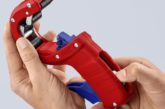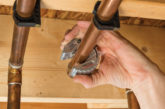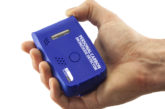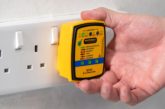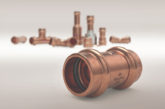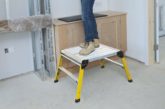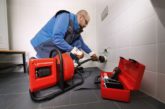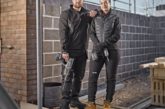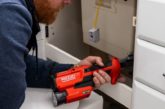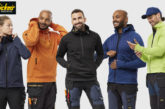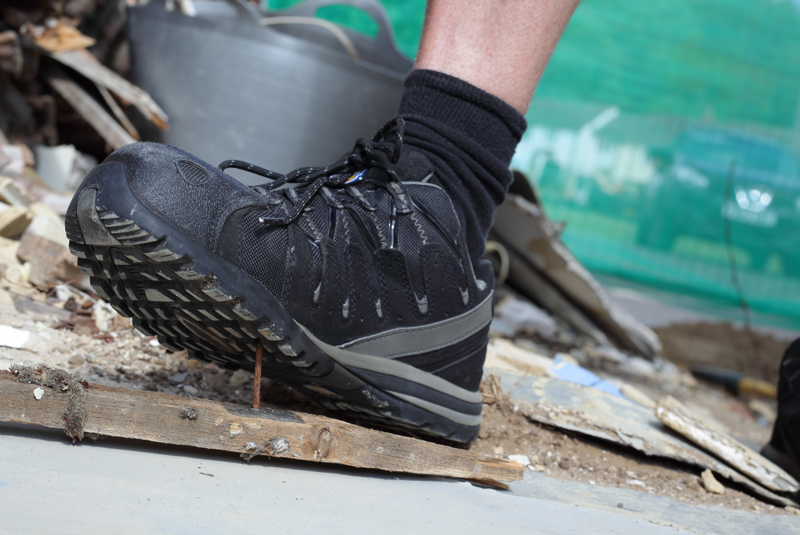
Roger Bisby tries out the Tiber SS Trainer from Dickies.
There are so many factors that go into making compliant safety footwear and these include slip resistance – where they place the boot on a variety of slippery materials, none of which are banana skins – electrical conductivity (if you want to discharge static, or non-conductivity if you want to stop current running to earth) and, of course, impact resistance of the toe.
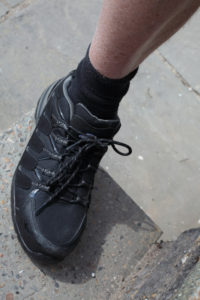 The CE mark tells you that the footwear complies, but what are the limitations? Can your work boots withstand a digger running over your toe? Somewhat unusually, Dickies puts a little booklet in the box with its safety footwear and I would hazard a guess that it is not read by 95% of the people who buy the boots or shoes. Now comes the catch; if you don’t read the instructions, will you read something from a bloke like me, telling you about those instructions? Probably not, so I will move on but if you ever get five minutes where you have nothing at all to read on your phone and nothing to listen to on the radio, have a read of that little booklet. It has some surprising details.
The CE mark tells you that the footwear complies, but what are the limitations? Can your work boots withstand a digger running over your toe? Somewhat unusually, Dickies puts a little booklet in the box with its safety footwear and I would hazard a guess that it is not read by 95% of the people who buy the boots or shoes. Now comes the catch; if you don’t read the instructions, will you read something from a bloke like me, telling you about those instructions? Probably not, so I will move on but if you ever get five minutes where you have nothing at all to read on your phone and nothing to listen to on the radio, have a read of that little booklet. It has some surprising details.
I wore these shoes for a few hard days where I was on my feet for the entire period and, to be honest, I didn’t find them amazingly comfortable. I am willing to accept that not everyone’s feet are the same but for me they could have done with a better insole or liner. All the tests that are carried out above are done with the liner/insole in place and this forms an integral part of the shoe so I can’t recommend that you change it because the shoes won’t then comply, but I did change it, as an experiment, and I found it made a huge difference to the comfort.
The other way of increasing the comfort is to select a better quality sock – which I also did and I found this helped. The shoes are not expensive and they look good but a little more cushioning would help me to love them.


